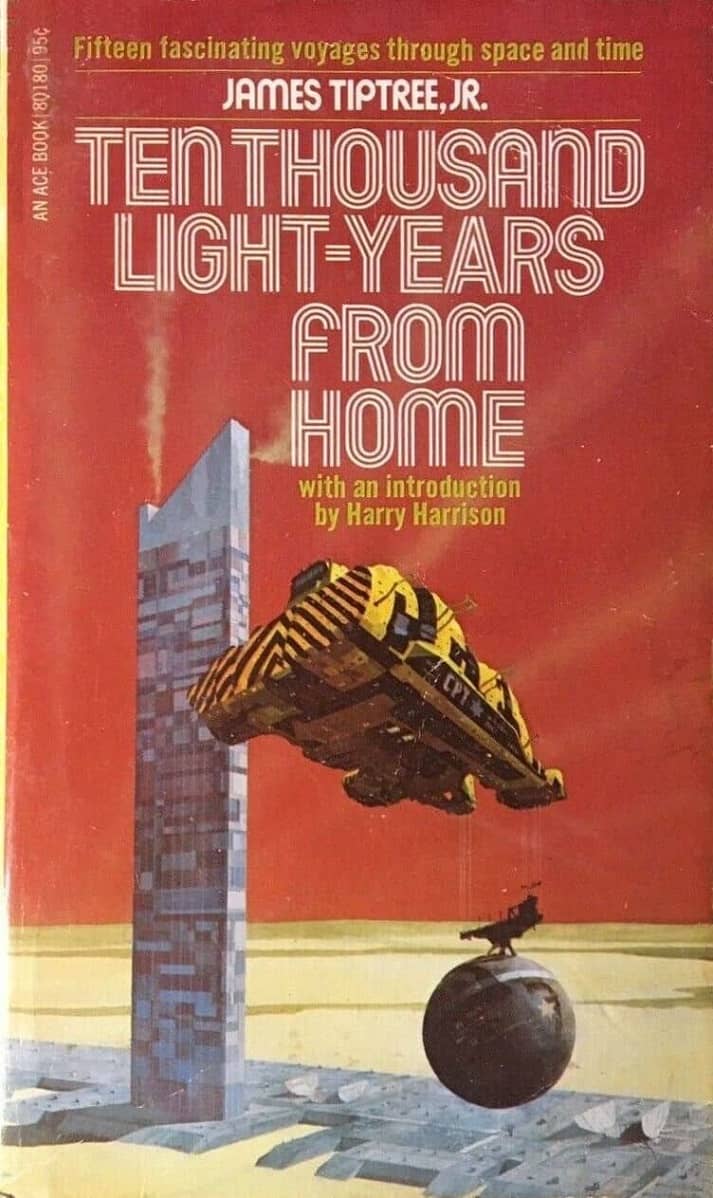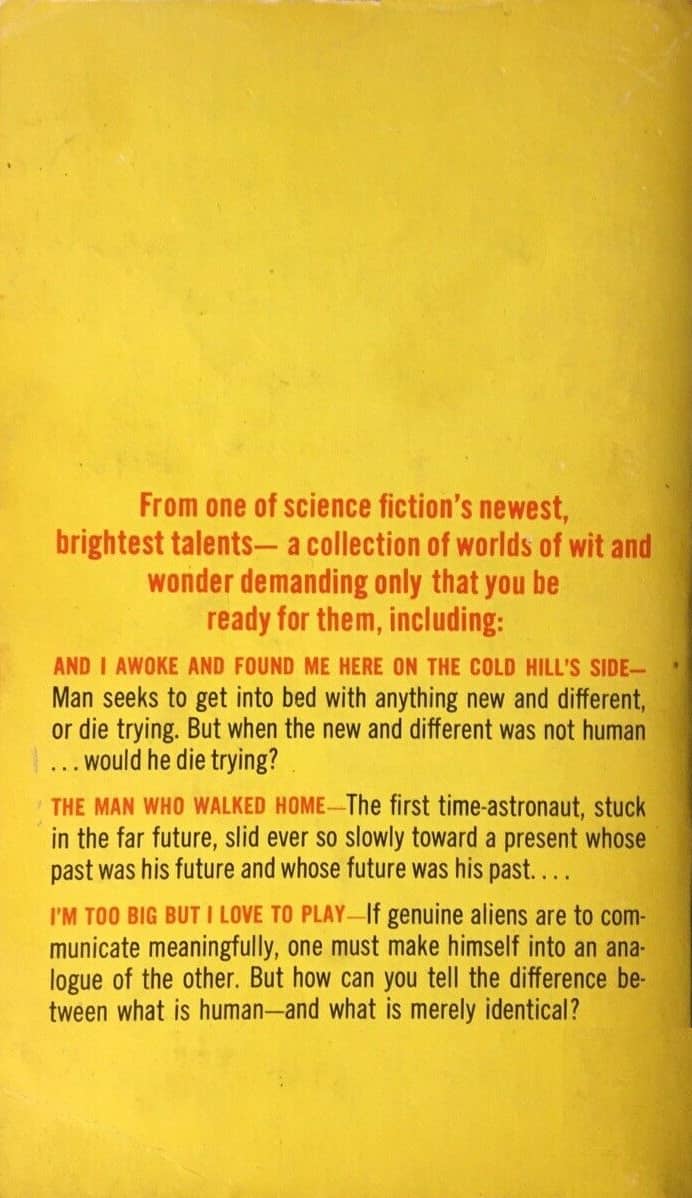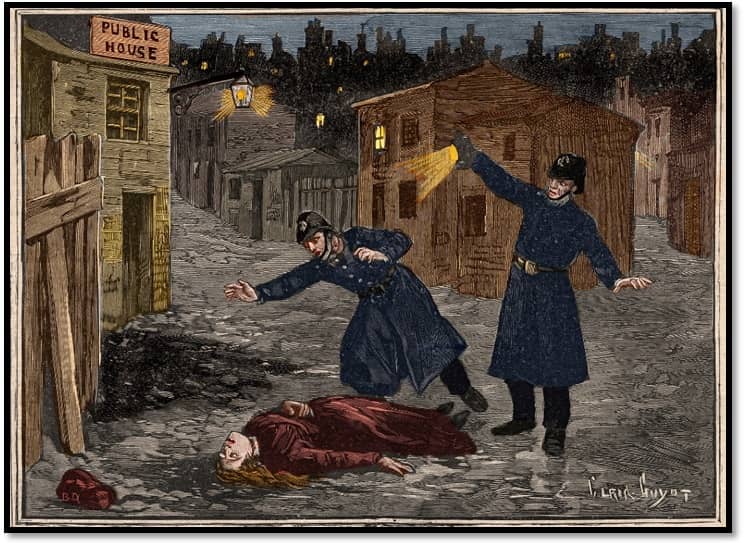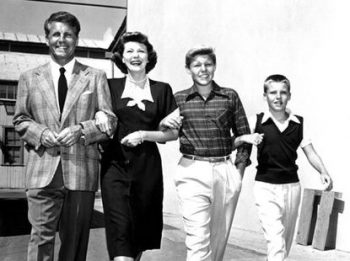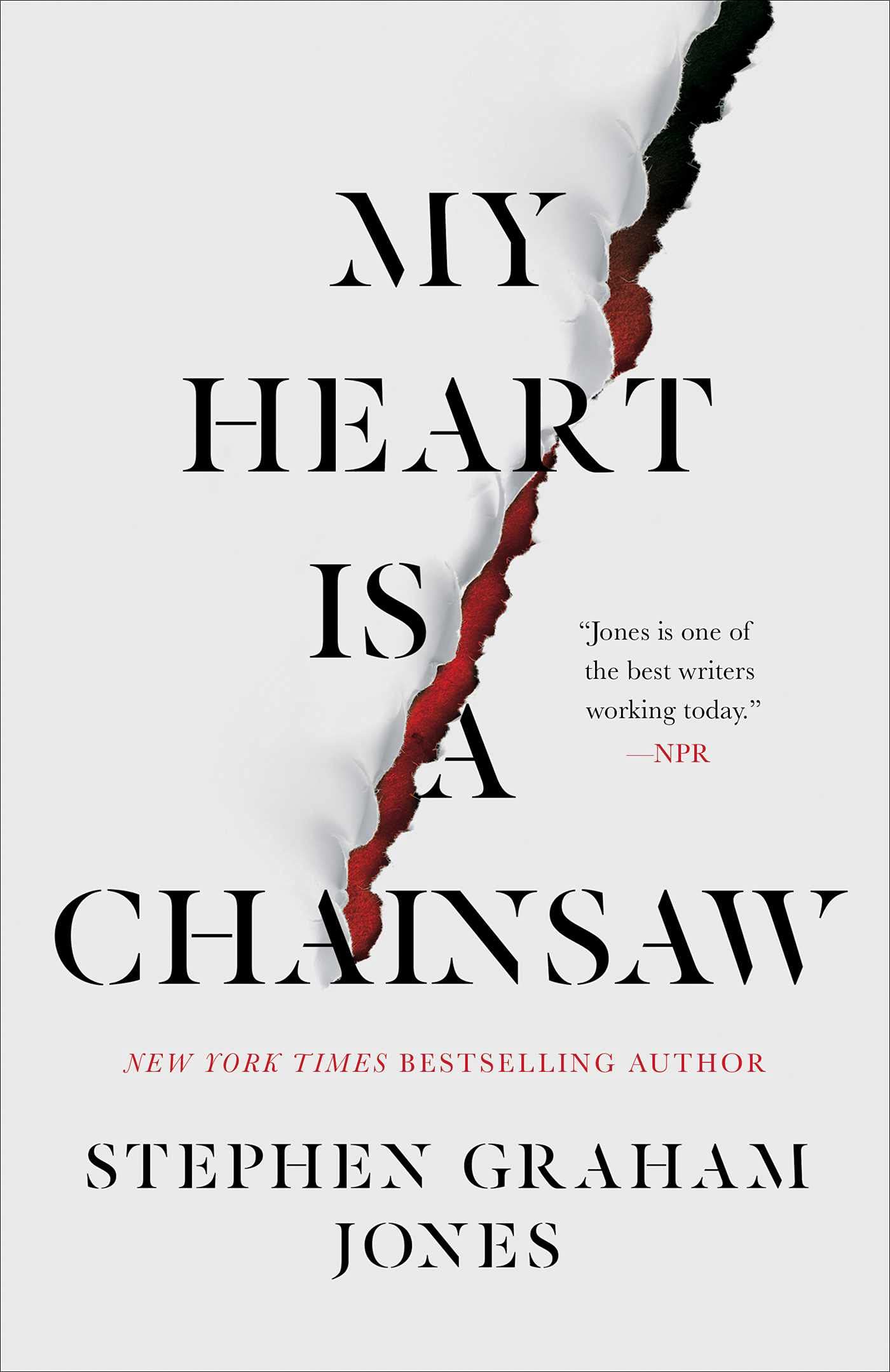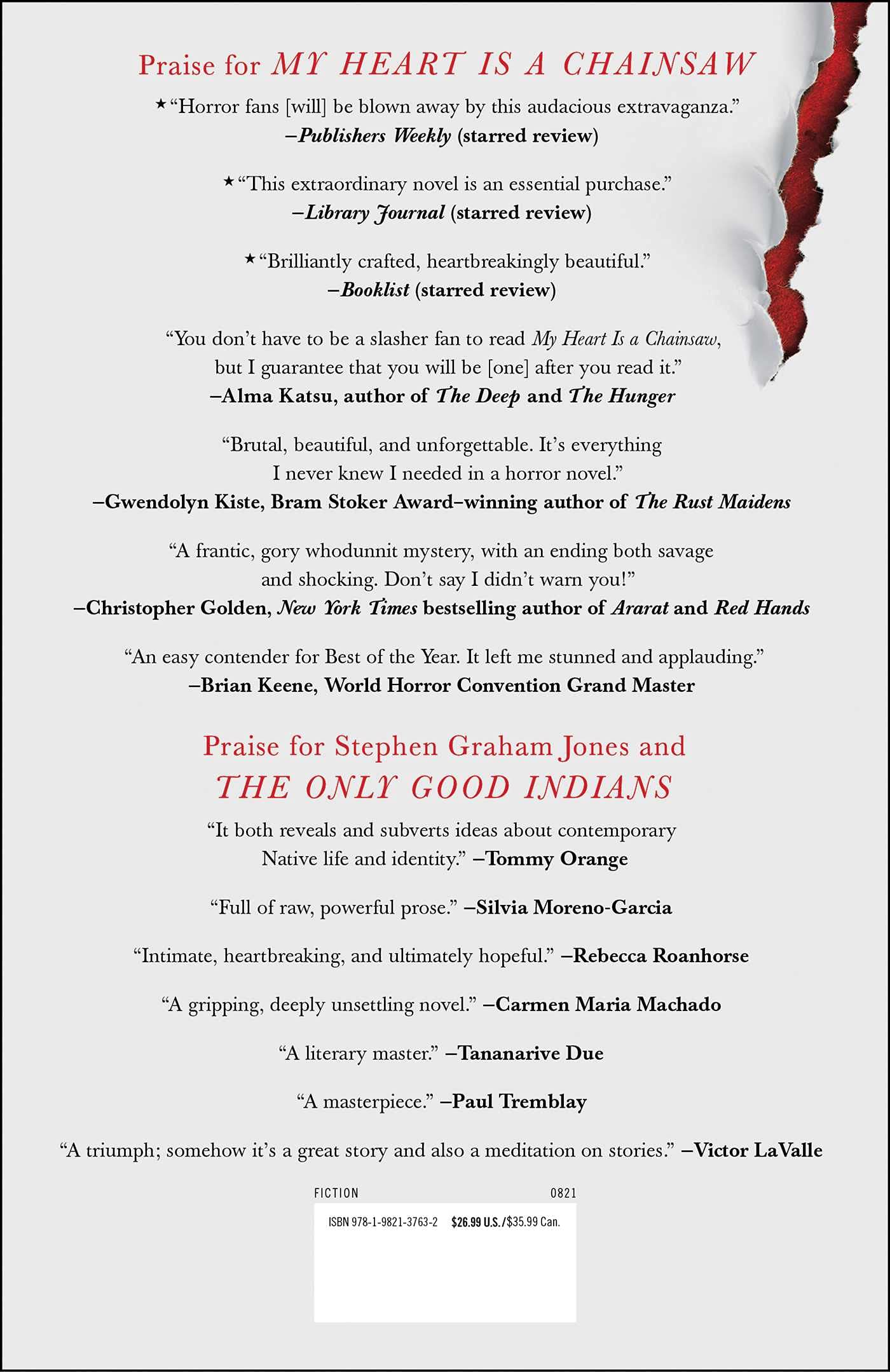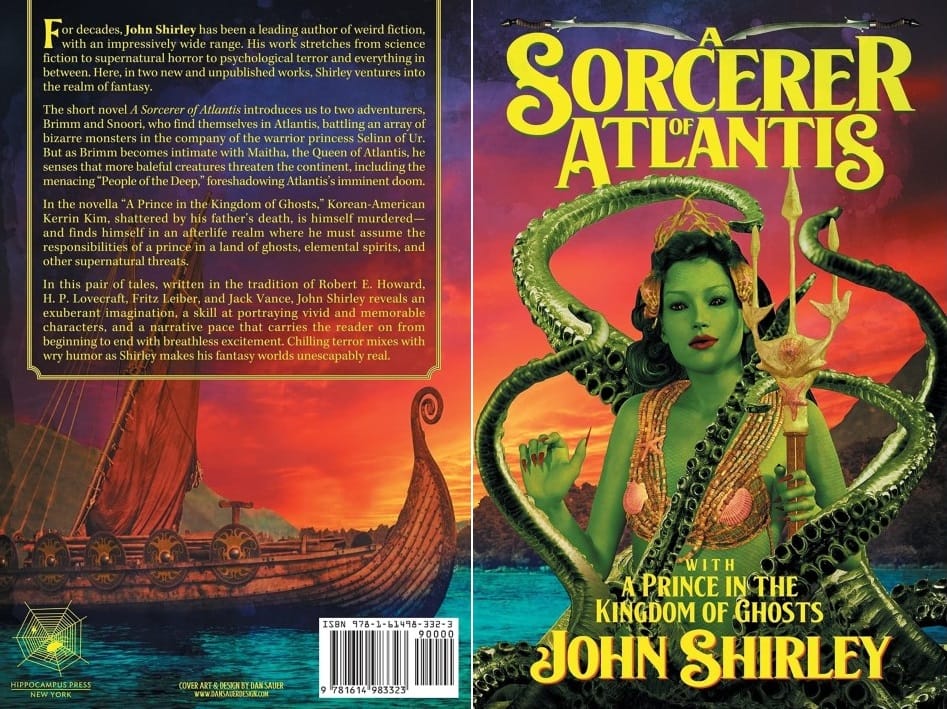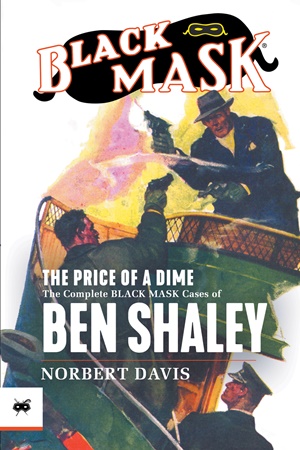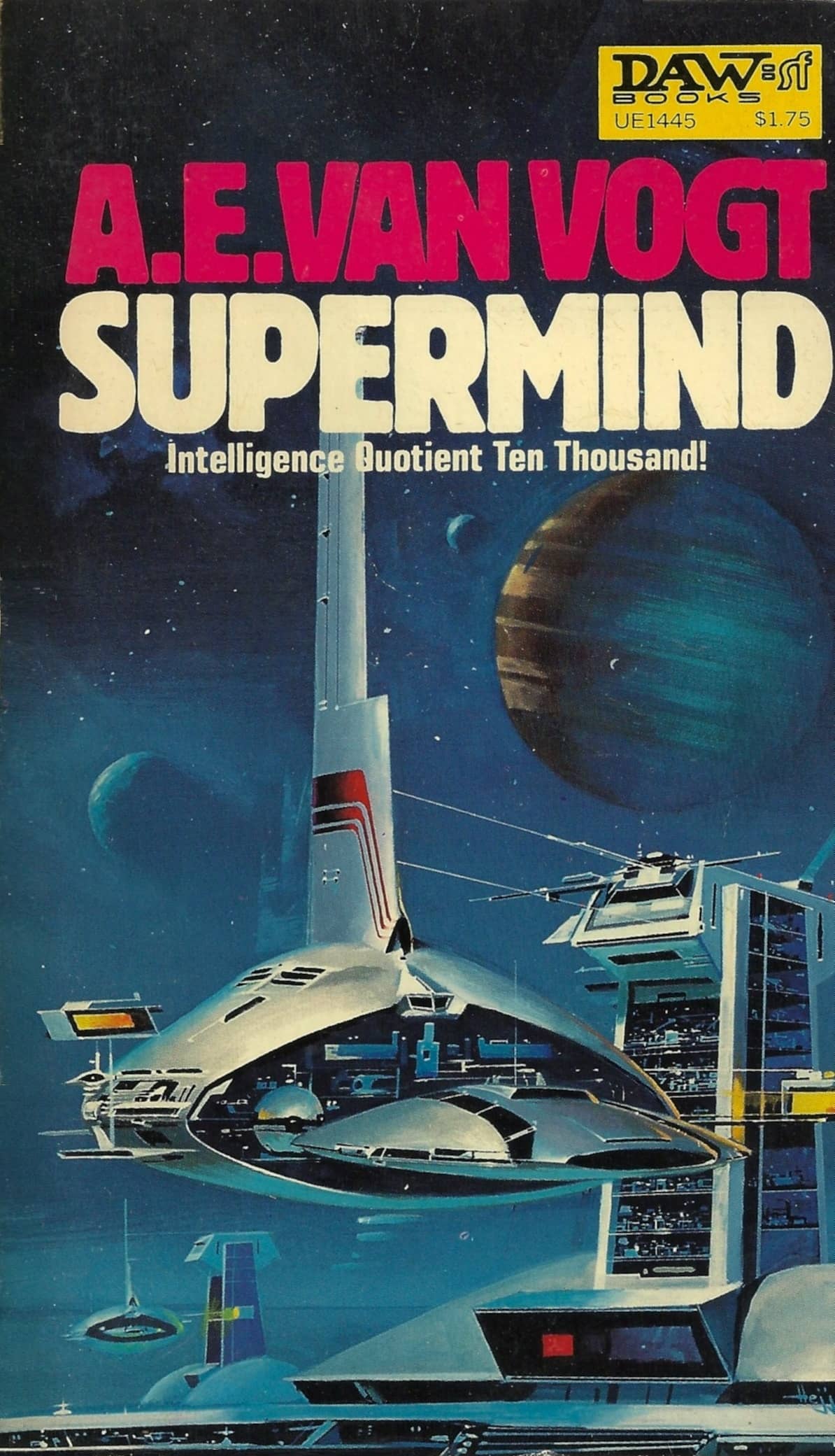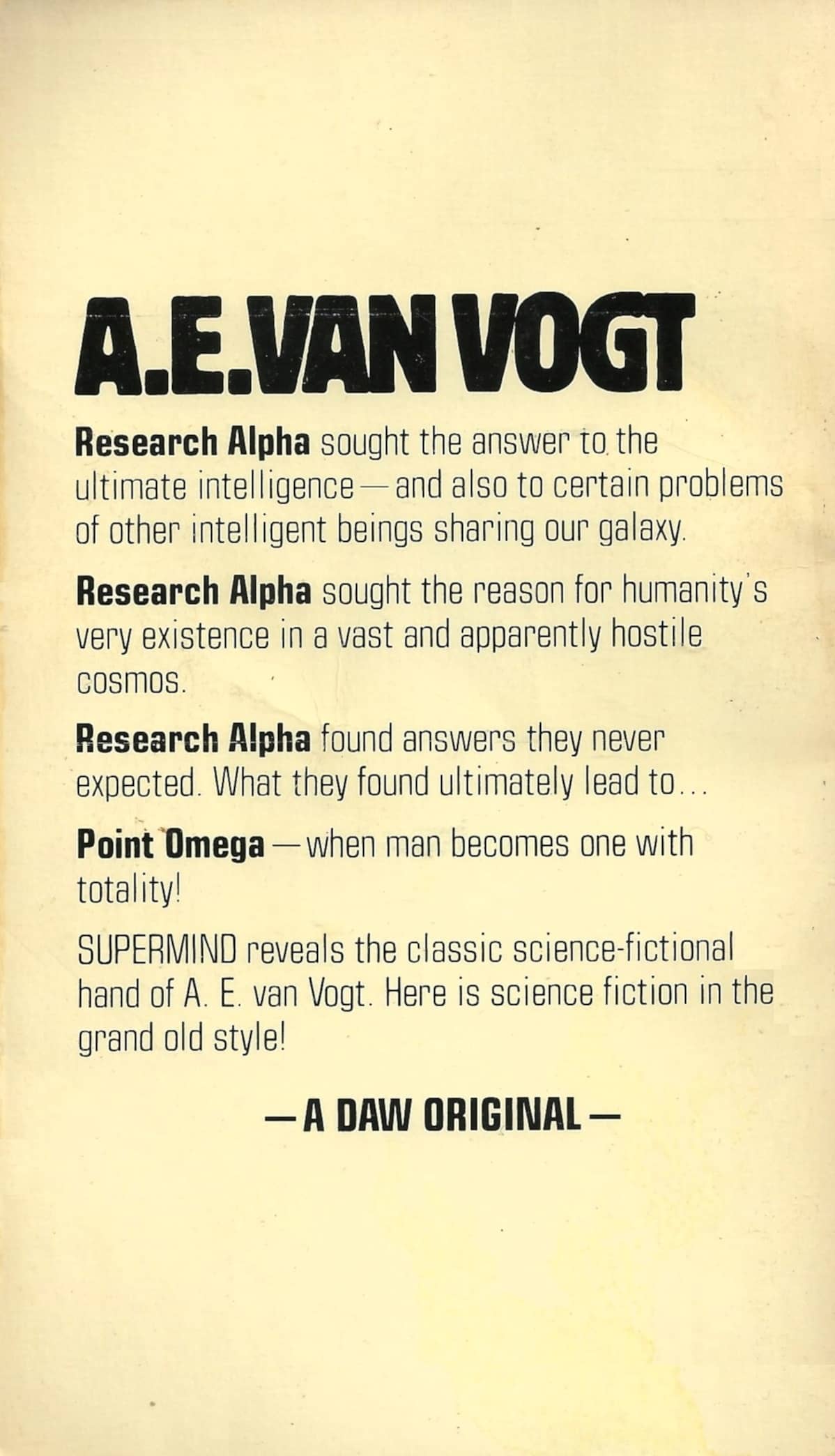Fantasia 2021, Part II: Beyond The Infinite Two Minutes
 The 2021 Fantasia International Film Festival presented most of its hundred-plus feature films over the internet, some of them streaming at scheduled times, others available across the duration of the festival. (Which ended on the 25th; I ended up watching so many movies during the three weeks the festival ran I didn’t have time to write about them.) Looking at the schedule for August 5th, the first day, I didn’t see anything scheduled that I wanted to cover, and decided to watch some of the on-demand titles. Which raised the question of which film would be the best way to start my Fantasia 2021 experience. After some havering, I made my pick.
The 2021 Fantasia International Film Festival presented most of its hundred-plus feature films over the internet, some of them streaming at scheduled times, others available across the duration of the festival. (Which ended on the 25th; I ended up watching so many movies during the three weeks the festival ran I didn’t have time to write about them.) Looking at the schedule for August 5th, the first day, I didn’t see anything scheduled that I wanted to cover, and decided to watch some of the on-demand titles. Which raised the question of which film would be the best way to start my Fantasia 2021 experience. After some havering, I made my pick.
But before describing it, I’ll note that many of the features at Fantasia came bundled with a short film, and that was the case here. “Viewers:1” is a five-minute film written and directed by Daigo Hariya and Yosuke Kobayashi, starring Yuki Hashiguchi as the last man on Earth, desperately trying to present a smiling, optimistic take on the end of the world as he live-streams his wanderings. The world’s haunted by vast mechanical forms but deserted by humanity — and then comes a twist. It’s a well-made piece, carried by Hashiguchi’s ability to convey a sense of profound despair under a facade of crazed buoyancy. Strong special effects support the story and add to the menace.
Then the feature: Beyond the Infinite Two Minutes (ドロステのはてで僕ら, Droste no hate de bokura), a time-twisting one-take comedy from Japan. Kato (Kazunori Tosa) owns a café in Kyoto. He has an apartment above the café, and a crush on a young lady, Megumi (Aki Asakura), who works in the neighbouring barbershop. And one day after work he goes upstairs to find that there’s a delay between the computer monitor in his apartment and the screen it’s linked to downstairs — the café screen communicates to his monitor from two minutes in the future. The downbeat Kato is at first distinctly unimpressed, but his friends and his employee Aya (Riko Fujitani) are excited and start figuring out ways to take advantage of the two-minute glimpse of the future. Their future selves speak to them — but can they be trusted? And what happens if some actions have consequences that extend beyond two minutes?
